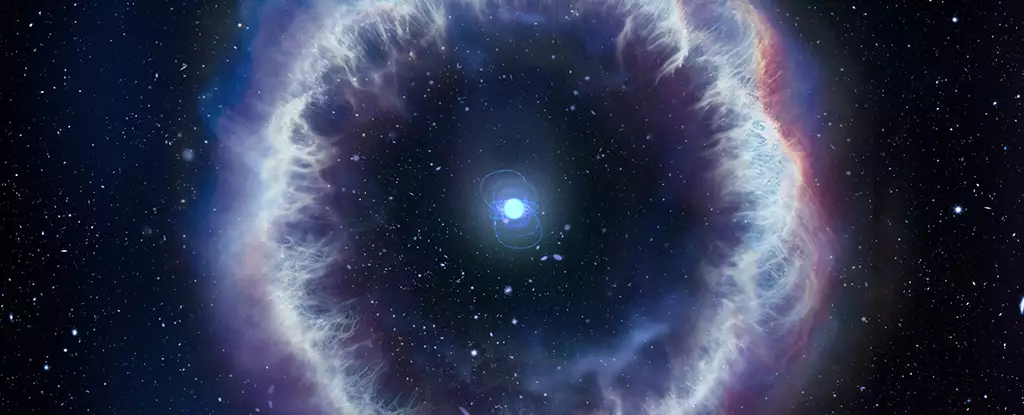Fast radio bursts (FRBs) have long captivated the interest of astronomers and astrophysicists as sudden and intense blasts of radio wave energy from deep space. These enigmatic phenomena remain one of the most intriguing mysteries in astrophysics, leaving scientists puzzled about their origin and nature.
A recent study conducted by a team from the Italian National Institute for Astrophysics (INAF) sheds new light on the potential sources of FRBs. The researchers focused on FRB 20201124A, which was first discovered in 2020, and analyzed a persistent radio source (PRS) near the FRB. This PRS signals have been observed near a small number of FRBs and are believed to be closely linked to them.
The study revealed that the PRS near FRB 20201124A emanated from a plasma bubble enveloping the mysterious source of the FRB. This plasma bubble is identified as an ionized nebula, consisting of electrically charged gas and dust. The findings provide valuable insights into the possible mechanisms responsible for generating FRBs.
The data collected from radio observations at the Very Large Array (VLA) Radio Telescope in New Mexico suggests that the plasma bubble surrounding the FRB could be attributed to a young magnetar or a binary system featuring a neutron star or a black hole. These celestial phenomena are capable of producing energy in quantities substantial enough to trigger the observed FRB signals.
While there are still unanswered questions surrounding FRB 20201124A, the research conducted by the INAF team offers significant progress in deciphering the origins of these mysterious radio bursts. The study indicates that the plasma bubble surrounding the FRB source may play a crucial role in generating the observed signals.
Advanced data collection techniques using telescopes like the Northern Extended Millimeter Array (NOEMA) and Gran Telescopio Canarias have enabled researchers to separate and analyze the energy released by the system at different wavelengths of light. This critical step is essential in understanding and interpreting the signals originating from billions of light-years away.
As scientists continue to explore the depths of space and unravel the mysteries of fast radio bursts, each new discovery brings us closer to understanding these elusive cosmic phenomena. While the origins of FRBs remain shrouded in mystery, ongoing research efforts promise to shed more light on these enigmatic signals, opening up new horizons in the field of astrophysics.


Leave a Reply